
Despite many skeptics and upset and disappointed people all over the world – not just from Italy – the method to "passively" cook pasta has been covered for some tipe by various popularizers, the most famous being chemist Dario Bressanini, with a series of videos on YouTube. More recently, the issue has come up again thanks to the stance taken by Nobel Prize winner Giorgio Parisi, who declared himself in favor of this cooking method. And all hell broke loose again.
Many gastroboomers have not missed the opportunity to express their opinion, often unfounded, just for the pleasure of negatively commenting on something that, obviously, they do not know.
But the topic doesn't end here, because just like pasta there are other foods that are suitable for cooking with the heat off. In the same way as a plate of penne or rigatoni, in short, a fair amount of food can be prepared this way. And we wanted to delve deeper into the issue, also thanks to the words of Dario Bressanini, a famous chemist. He revealed how and when we can prepare our lunches and dinners in an intelligent way, trying to save dollars and have less expensive bills. This involves passing cooking, but not only that.
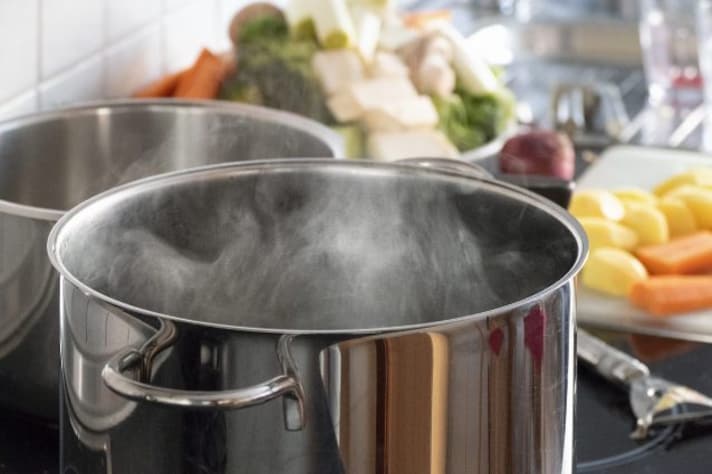
Passive Cooking: Pasta and Beyond
As recently mentioned, even Nobel Prize winner Giorgio Parisi returned to the topic of pasta cooked passively, expressing a favorable opinion. All hell broke loose, with many indignant reactions from many users, almost hurt in their pride, certainly in their personal concept of tradition. Dario Bressanini already brought up the topic a few years ago, and even then the public didn't take it very well. "People's reaction was almost the same as the most recent ones".
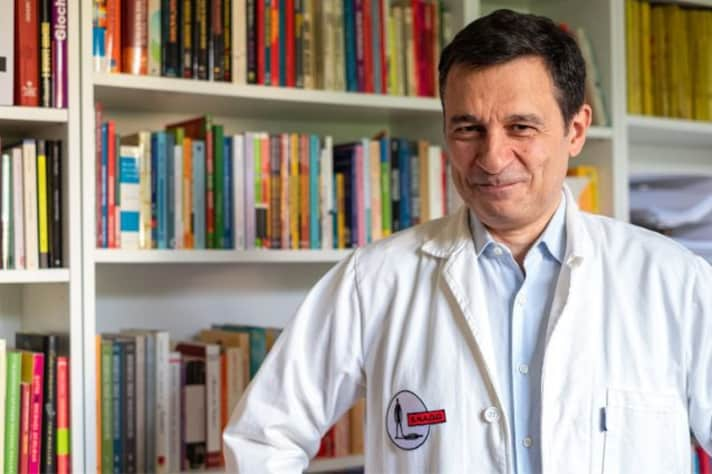
"I notice how people, then as now, are divided into two factions. On one side, those who admit that this method is interesting and are intrigued by it, to the point of experimenting. On the other side, those who criticize regardless, reacting in an uncontrolled way. And often they are those who have not even tried it but a priori criticize and react negatively."
Putting aside the angry reactions with the professor, we want to delve deeper into the discussion, not limiting ourselves to just pasta. What other foods can be prepared with the heat off, or passively? The concept, after all, is the same one already widely explained elsewhere.
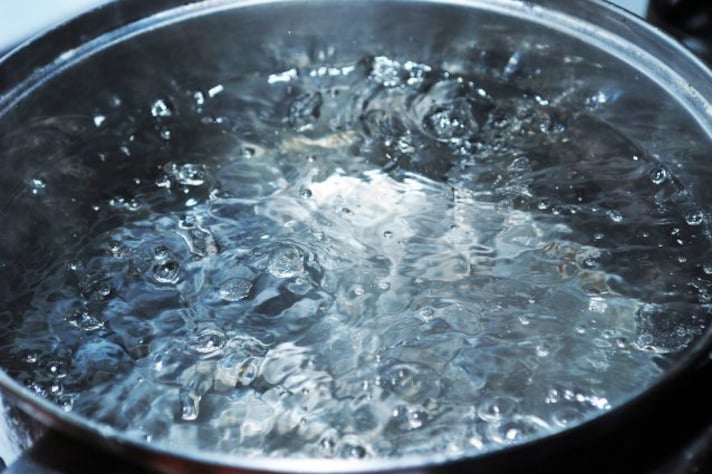
If we have foods that don’t require too long cooking, basically, we can prepare them like this. In short, it’s all a question of mentality: we should get used to not keeping the heat on when it’s not needed. “And as we’ve seen and tried,” explains Bressanini, “it’s not always necessary.” The list of foods to prepare like this is quite long.
Vegetables, Eggs and Legumes Can Be Cooked Passively
To give some examples, what are these foods? The hard-boiled egg, for which you will still have to "… recalibrate the minutes we are used to. It will take a little longer than doing it in continuously boiling water but it can still be done". Bressanini explains how this method also works for boiling rice, even basmati rice, and a large number of vegetables. For which, as we will see later, you can also exploit the water naturally present in them.
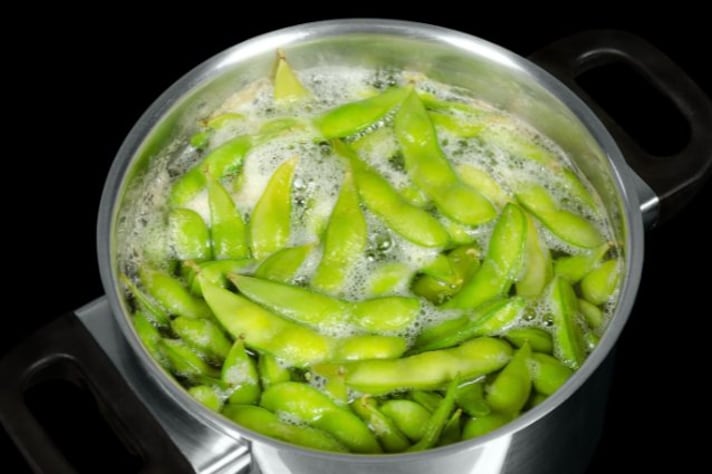
“With the heat off, we can prepare green beans, peas, more delicate vegetables or cut them into small pieces so that they cook faster.” The list also includes legumes such as beans or chickpeas, which still take longer to cook and the method varies slightly. “Even in this case, you can still bring to the boil, put the legumes in the water, cover and turn off.”
Beans, like chickpeas, meanwhile, begin to absorb water. "Then, when it has cooled, we turn it back on, bringing it up to temperature, repeating the process until it is cooked. In short, there is no need to keep the heat on continuously, it is just a useless waste". Returning to the pasta of discord, then, the professor indicates the type that is most suitable for being cooked in this way. The fresh one : "… even more so because it cooks very quickly, so quickly that it does not even require the use of the lid. And since there is no agitation caused by boiling the water, there is also a lower risk of breakage for ravioli or tortellini".
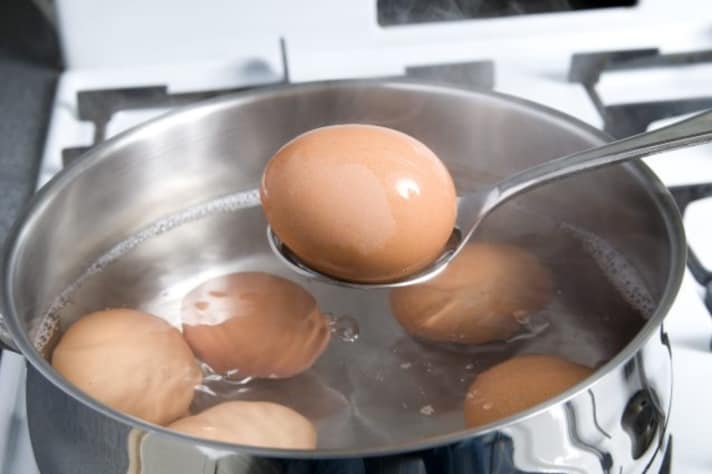
In all of this, are there foods that are more or less suitable for this type of cooking? What are the most determining factors for the success of the technique? “The thickness of the food itself has an influence, for this reason, for example, it would be preferable to cut a vegetable thinly first. It is easier to cook peas this way, but also edamame, soybeans or other vegetables that require fairly short cooking times. Even small zucchini that are already cut.”
The thickness of the pot, however, also affects the final result: "It is probably one of the problems at the base of those who are unable to implement this method effectively. If the pot is too thin the water cools more quickly, if we then add to this the use of a lid that is not too heavy or thick, this also certainly has an effect. The water drops below 80 degrees more suddenly and the cooking is not as effective as it should be".
This does not mean, however, that those who have a shallow pan cannot cook with the heat off, on the contrary. "You can always try a little at a time: instead of turning off the heat immediately, I suggest doing it 5 minutes before the end, then maybe back off minute by minute to find your ideal condition". In short, everyone has to adapt a little to what they have available.
Saving in The Kitchen: Microwave and Kettle
Not just cooking with the heat off. Another trick to be used to cook while saving energy and, therefore, money, according to the chemist is this one:“I am a fan of the microwave, which is far too underrated in my opinion. It is often used only to heat tea or herbal tea, but we must not limit ourselves to this. We consume a large amount of energy, not only to cook, but also to bring water to the boil." And, as if that were not enough, we then throw this water away.
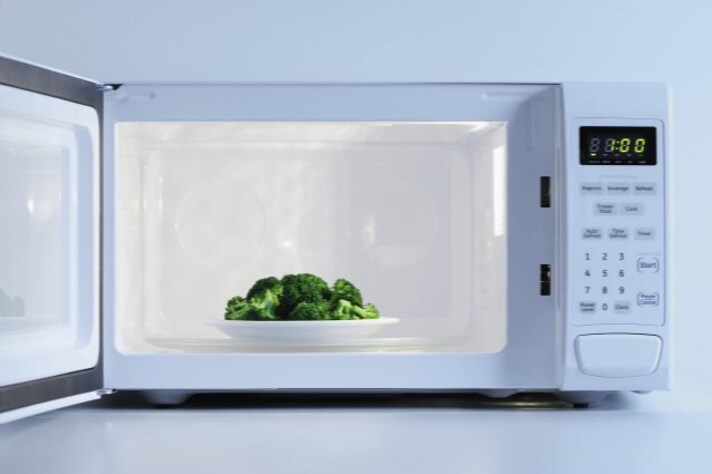
"The ideal – he explains – would be to exploit the water already present inside the vegetables, especially those with a higher percentage such as cauliflower, broccoli, fennel or peppers. We can put the vegetables in a bowl in the microwave with a finger of water, cover with a special film and by doing so the microwave will use the water naturally contained in the vegetables to cook them".
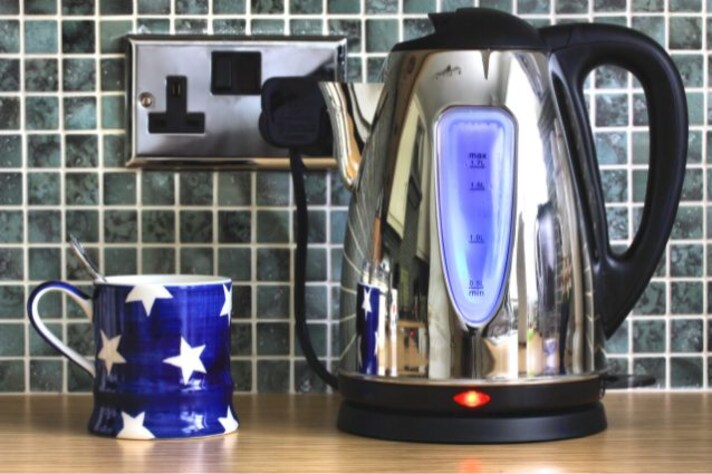
A trick that, added to that of cooking with the heat off, can save you some money. Another tool that can be used is the electric kettle: "For small quantities of water it is more efficient to use one than to bring the same amount of water to the boil in the pot. By doing so we will have less energy dispersion".
;Resize,width=767;)
